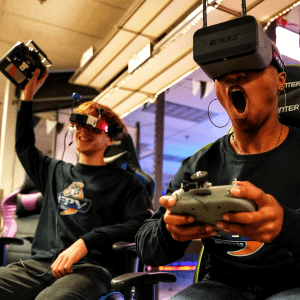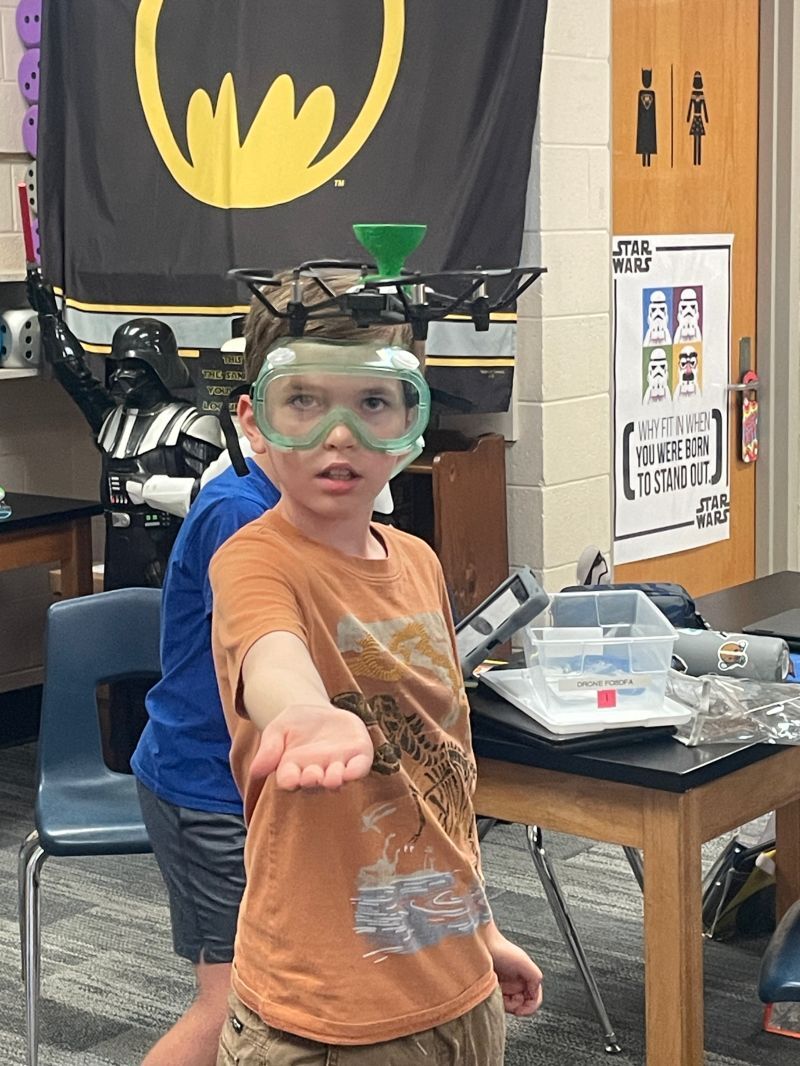Most traditional academic experiences lack real-world connection and preparation for future careers. This is a problem that experts in Career Technical Education (CTE) are addressing.
The world is changing. The skills of tomorrow aren’t all learned in a classroom. Many hands-on fields are advancing beyond things historically associated with CTE. Yes, that’s where young adults may learn trades, but it’s increasingly about emerging fields that include highly specialized skills. And students are benefitting from exposure to these ideas and concepts earlier and earlier.
CTE in elementary school is a hot topic. In most paradigms, this approach didn’t start until highschool, or middle school at the earliest.
However, allowing children to explore the possibilities of their future careers at a young age could inspire elementary students to do well in school, including those who wouldn’t typically excel in an academic setting.
Without CTE programs, most elementary students wouldn’t know they could grow up to be something extraordinary like a drone pilot!
Keep reading to find out how students in elementary school can benefit from career technical education.
Ever wonder how drone technology can help prepare students for future technology careers? Check out our programs here.
What is Career Technical Education (CTE)?
The idea behind Career Technical Education certainly isn’t new, but there has been a resurgence of this model of education over the past decade.
Career technical education is a model that focuses on teaching practical skills to prepare students for their future. The main difference between technical education and traditional education is that, instead of focusing solely on theory, CTE teaches hands-on skills that students can apply in a career setting.
CTE programs differ but typically fall within specific career clusters, such as service-based fields and, now more commonly, STEM and skills-based tech paths. They allow students to learn academic and technical skills in a setting dedicated to particular careers.
Whether the students who graduate from a CTE school chose to pursue higher education or transition to their chosen field right away, they can take ownership of their future and choose a path that fits their unique strengths.
Facts About CTE
There are plenty of misconceptions about this approach, even though it’s become more common. The purpose behind CTE is to help students prepare for and be successful in a future career, but does it work?
According to the California Department of Education, Career Technical Education ticks the following boxes:
- Provides students with practical skills that prepare them for college and beyond
- Equips students with not only career skills but also soft skills such as critical thinking and innovation
- Encourages school districts to provide students with a more rigorous curriculum focused on skills to help them succeed at the college and career level
College-prep schools are specifically designed to prepare students for higher education, but what about students who choose to dig right into entry-level positions after high school?
For those who end up entering the workforce after graduation, CTE programs help them succeed.
Why Start CTE in Elementary?
Since they are career-focused, most CTE programs don’t start until middle or high school. However, the skills students learn and develop with this model can benefit any age group.
While a kindergarten student may want to become a firefighter one day and a teacher the next, CTE programs open up a world of possibilities for even the youngest students. Exposing students to various career paths in elementary school can empower them to make brave choices and pursue a career they may not have known about before.
So while the purpose of CTE in elementary school may not be to prepare students with immediately transferable skills for a specific field, elementary CTE programs allow them to explore their options and imagine what the future holds.
The Power of CTE for All Types of Learners
No education model is one-size-fits-all, but CTE can benefit all students, no matter their learning style. CTE programs are often filled with diverse learners from various backgrounds who can excel, given the ability to explore their strengths and weaknesses.
Not all students excel in a strictly academic education model. The hands-on approach of CTE offers students of all levels and learning styles the opportunity to find their place in the world.
For instance, project-based learning is a common strategy in CTE classrooms. This strategy allows students to collaborate and problem-solve while creating projects that stretch across multiple disciplines.
CTE and Drones
As new technology advancements pop up every day, STEM careers are rising in number and importance. Like other STEM fields, the drone industry continues to grow, with new possibilities for drone pilots daily. Additionally, there are plenty of ways drones are used in the real world, whether in agriculture or law enforcement.
If you become a drone pilot, you could find a career in:
- Real estate
- Filmmaking
- Mining
- Public safety
- Journalism
Certified drone operators are in demand everywhere. CTE programs allow students to learn drones in school, gaining valuable skills that could set them up for long-term career success.
Drone Careers + CTE = Flying Into the Future
Elementary school CTE programs are on the rise, and students of all ages are learning skills to prepare them for a bright future. Traditional education models are great for preparing students for higher education, but many careers out there require real experience, even for entry-level positions. Imagine the possibilities for students who already have experience flying drones!
At Drone Legends, we believe technology skills are not just exciting — they’re also valuable for students of all backgrounds and levels. Learning to operate a drone is pretty awesome, but it could also lead students to pursue a career they never dreamed of.
From taking world-class photography to being a part of a search and rescue team, students who learn skills like these are flying into the future at top speed, and we’re here to cheer them on.
Want to help future drone pilots find their place in the world? Find out how to bring our programs to your school or club by checking out our programs!




